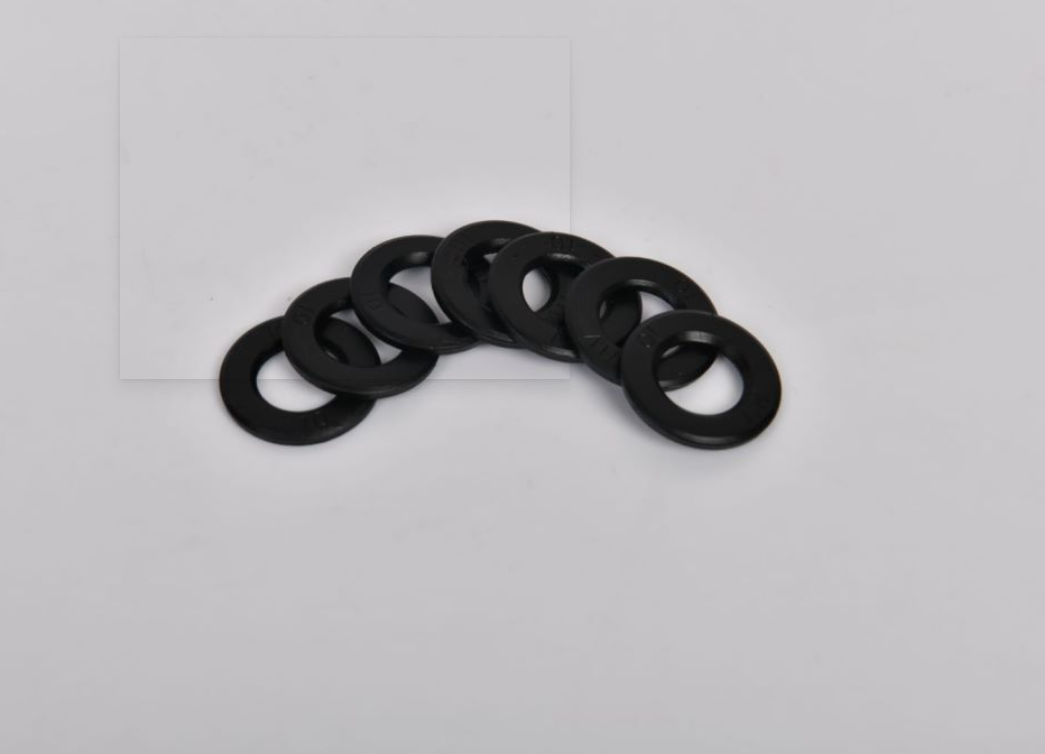Optimal Drywall Screw Spacing Guidelines for Various Wall Manufacturers and Installation Techniques
Understanding Drywall Screw Spacing A Guide for Wall Manufacturers
When it comes to constructing walls using drywall, one of the most critical aspects is the spacing of drywall screws. This seemingly small detail can significantly influence the strength, durability, and finish of the wall. For wall manufacturers, understanding the appropriate screw spacing is essential to ensure that the walls meet industry standards and provide lasting quality.
What is Drywall Screw Spacing?
Drywall screw spacing refers to the distance between the screws that secure the drywall sheets to the underlying framework, typically wooden or metal studs. Proper spacing ensures the drywall is adequately supported, minimizing the risk of sagging, cracking, or other structural integrity issues.
Industry Standards
Generally, the standard screw spacing for long edges of drywall sheets is 16 inches on center, while screws should be placed about 12 inches apart on the ends. This guideline is designed to secure the drywall effectively, preventing movement and potential damage over time. For ceilings, however, the spacing might differ slightly due to the additional weight of the drywall; screws are often spaced closer.
The Gypsum Association and other building code organizations provide detailed specifications regarding drywall installation. Following these guidelines not only aids in achieving a strong wall structure but also ensures compliance with local building codes.
Factors Influencing Screw Spacing
1. Type of Drywall Different types of drywall, such as standard, moisture-resistant, or fire-rated, may have specific requirements. Understanding the characteristics of the drywall being used can influence screw placement.
2. Wall Type Interior walls might have different requirements compared to exterior walls, especially if they are load-bearing. Manufacturers should adhere to specific guidelines pertinent to the wall type.
drywall screw spacing wall manufacturers

3. Stud Spacing The distance between the studs underlying the drywall affects screw spacing. In cases where studs are spaced farther apart, additional screws may be required to maintain structural integrity.
4. Weight Considerations If heavier materials or fixtures are going to be attached to the drywall, additional support may be necessary. This might entail adding more screws to areas where weight is concentrated.
5. Local Building Codes Different regions may have specific regulations regarding screw spacing. Manufacturers must remain aware of local codes to ensure compliance and prevent any legal issues.
Installation Tips
For wall manufacturers, ensuring correct drywall screw spacing involves more than just following guidelines
- Use Quality Materials Select high-quality screws designed for drywall installation, as they provide better holding power and reduce the risk of breaking. - Utilize a Screwgun Tools designed for drywall installation help maintain consistent depth and spacing. This ensures that screws are neither overdriven nor underdriven, both of which can compromise the integrity of the drywall.
- Plan Layout Before installation, planning the layout can prevent mistakes. Marking stud locations on the drywall can help ensure screws are placed correctly.
- Regular Training Continuous education and training for installers about the best practices and adaptations in drywall installation can improve overall quality.
Conclusion
Drywall screw spacing is a fundamental aspect of wall manufacturing that plays a vital role in overall construction quality. By adhering to industry standards, considering influencing factors, and implementing effective installation practices, wall manufacturers can ensure durable, structurally sound drywall installations that meet both safety and aesthetic requirements. In an industry where precision is crucial, paying attention to the details of screw spacing can make all the difference in the long run.
-
Top Choices for Plasterboard FixingNewsDec.26,2024
-
The Versatility of Specialty WashersNewsDec.26,2024
-
Secure Your ProjectsNewsDec.26,2024
-
Essential Screws for Chipboard Flooring ProjectsNewsDec.26,2024
-
Choosing the Right Drywall ScrewsNewsDec.26,2024
-
Black Phosphate Screws for Superior PerformanceNewsDec.26,2024
-
The Versatile Choice of Nylon Flat Washers for Your NeedsNewsDec.18,2024










